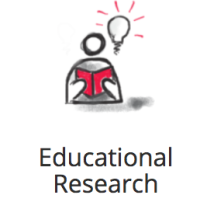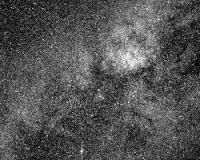Analyze data from one or more of the following Library Applications/Systems and create visualizations that highlight the most important findings related to our goal of supporting self-directed learning.

Analyze data from one or more of the following Library Applications/Systems and create visualizations that highlight the most important findings related to our goal of supporting self-directed learning.

Finding the exact counterpart galaxies to merging black hole binaries detected in gravitational waves is one of the most pressing problems in cosmology. The redshift of the host galaxy (which has to be measured from its electromagnetic emission) combined with the luminosity distance to the gravitational wave source allows for a direct measurement of the expansion history of the Universe, an approach commonly referred to as the ‘Standard Siren’ method. To date, there are no proven techniques for accomplishing this goal.

Last year one of my graduate students developed a novel algorithm for detecting “weird” signals in photometric time series, such as those taken by NASA’s Kepler Mission and now TESS. An undergraduate students will work in my team to run the algorithm on TESS data, which is just starting to be released publicly (https://heasarc.gsfc.nasa.gov/docs/tess/status.html). We hope to detect strange signatures, possibly including analogs to Tabby’s Star, interacting binaries and perhaps even technosignatures.
